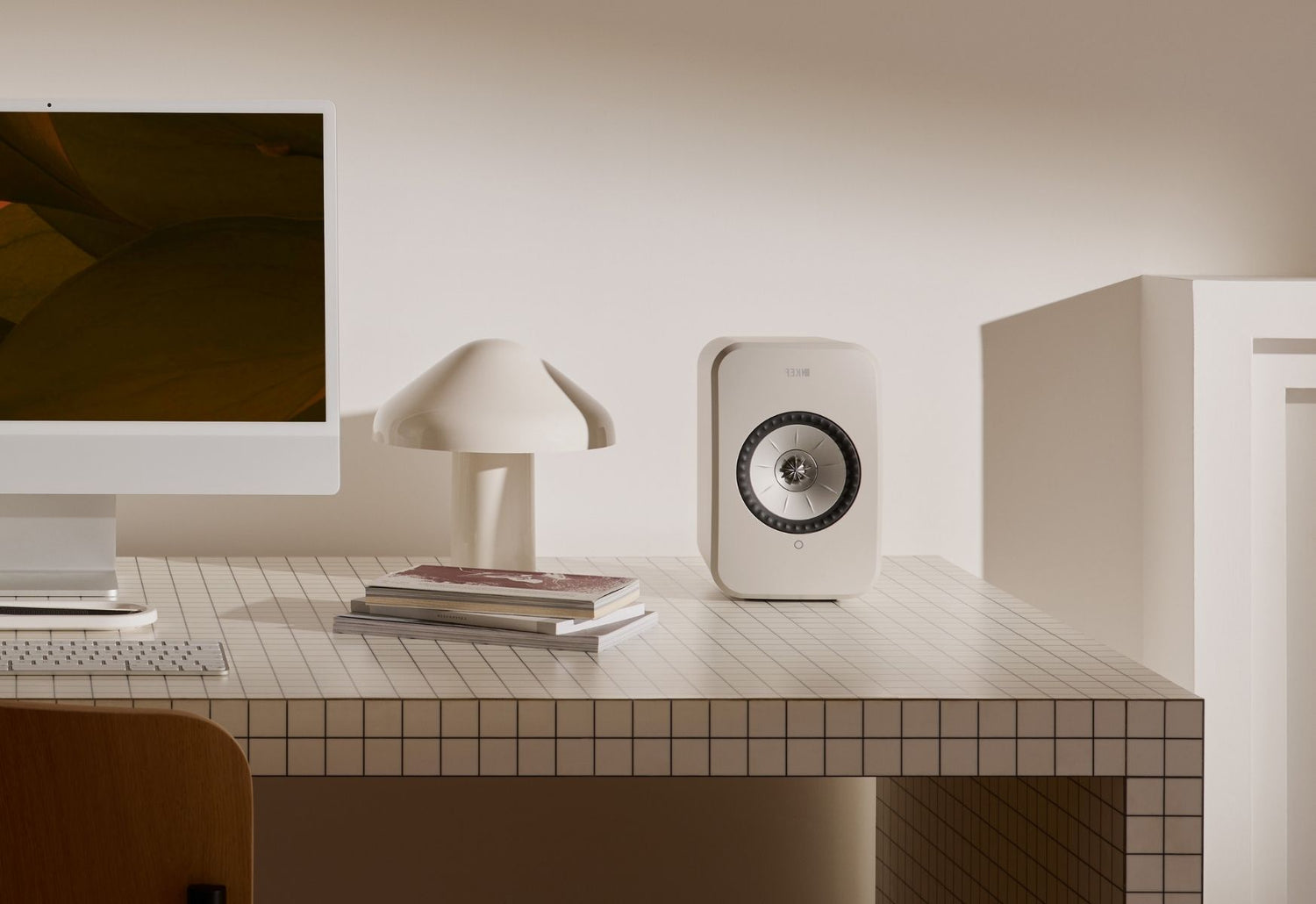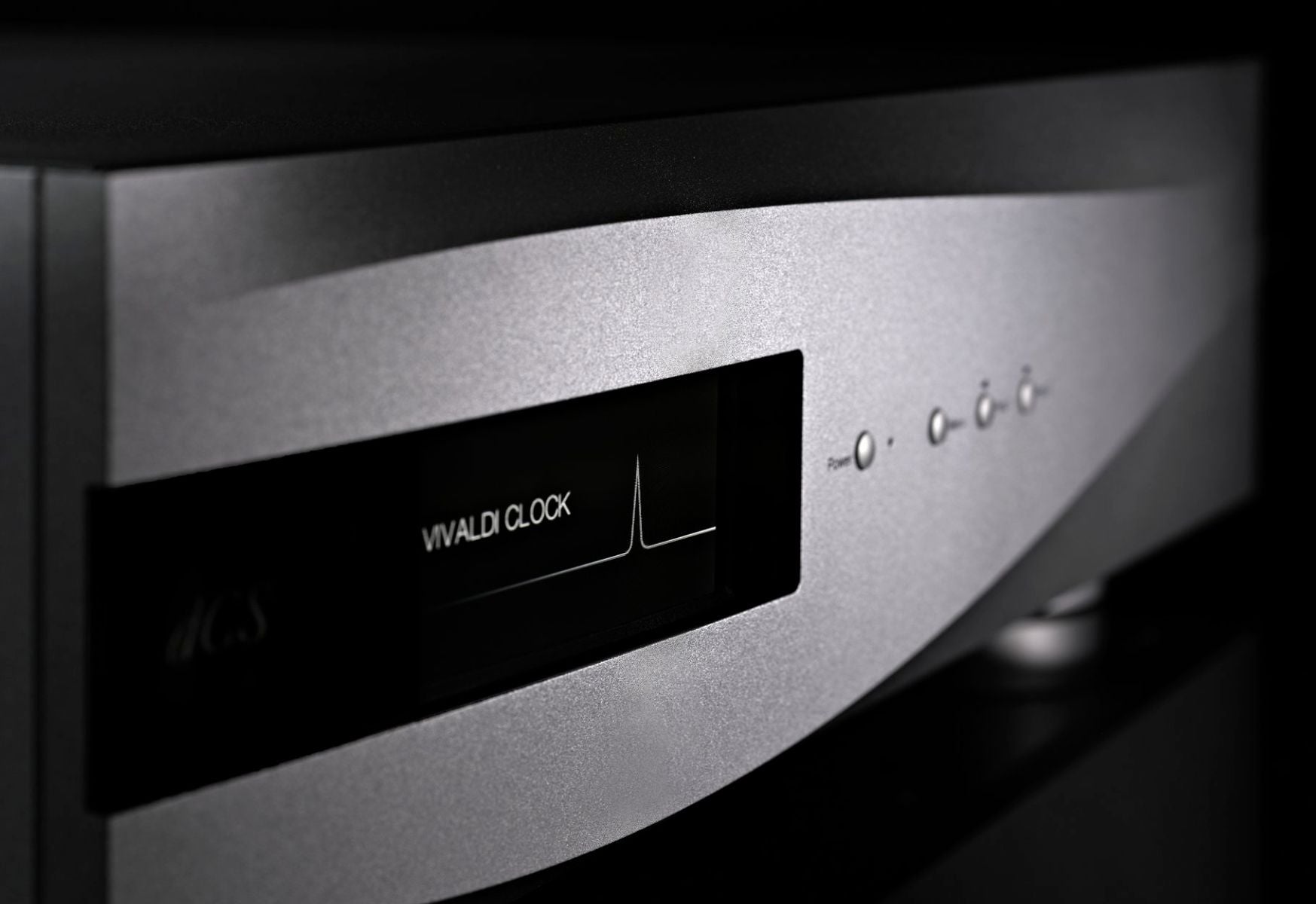Active or Passive? Your First Hifi System
If you are looking to purchase your first system, you’ll need to know the difference between Active and Passive speakers. In this article we’ll be outlining everything you need to know, as well as comparing two examples of beginner hi-fi systems - one passive and one active.
Also, check out our "First Timer's Package" collection for systems that will get you going down the high quality audio trail in a heartbeat.
What’s the difference between Active and Passive?
The difference lies in how they are powered. Speakers require an amplifier to produce sound by boosting an analog signal to a sufficient level in order to start moving the drivers - the things which make sound. Active speakers have their own amplifiers built into the speaker units themselves, while passive speakers require an external amplifier to power them.
Passive Speakers
With passive speakers, you’ll usually need to source your own amplifier. This might require you to make some more space on your desk or entertainment unit, as well as routes for speaker cables, which are usually more stiff and hefty compared to regular interconnect cables.
Unless you get an integrated amplifier, you may need to make extra space for a preamp, and if you’re planning to use your speakers with a computer or a TV without a good analog output then you’ll need a DAC (digital analog converter) too. If you want to use Vinyl then remember to get a phono preamp instead of a regular preamp if your turntable does not have one built in. A/V (audio/video) receivers usually have the capability to power passive speakers too, and are handy if you are interested in having more channels for a home theatre and come in a singular, neat package.
If you’re worried about space and cables and don’t want a box as large as an A/V receiver, some integrated amplifier options like the Bluesound Powernode are a streamer (source), DAC, preamp and amplifier in a single package, making passive speakers much easier to deal with.
Active Speakers
These speakers do not require an external amplifier as they have them built in and are a great option if you want to minimise cables and use less space overall.
Depending on your speaker you might need a preamp too as some active speakers do not have volume control. Again, if you want to use them with a PC or television without a good analog output then you’ll need a DAC, or a phono preamp instead of a regular preamp if you want to use Vinyl. Some active speakers do have inbuilt DACs too or even the ability to stream music wirelessly from your device (like the LSX II).
Upgradability
With passive speakers, it may be easier to upgrade your system in the future as you can play with different amplifiers, speaker cables and speakers. Active speakers have these three parts in one bundle, so upgrading may be more costly and provide a lower sound benefit when compared to passive systems.
How about Sound Performance?
There is no exact sound benefit by going either path - it all depends on the systems themselves. Some of the best speakers out there use active designs, like the Linn 360 Exakt.
If you have two systems in mind but are unsure of how they will compare in terms of sound, feel free to book a demo with us by giving us a call or sending an email.
A Real World Comparison
I brought home an example of a passive, and an active system which I’ve used and compared for two weeks in both near field and far field setups. These include a pair of Kef Q150 passives and a Bluesound Powernode (worth $2,650 total), and a pair of LSX II ($2,300) active speakers. Both systems are more focussed towards convenience as they feature wireless streaming and controls from an app on your phone or computer, and the speakers have Kef's unique Uni-Q design which makes imaging (the positioning of sounds within the soundstage created by your speakers) excellent.
Setting Up and Placement
Setting up the passive system at my desk was quite simple. The Powernode doesn’t take much space at all, and only requires one power plug compared to two for the LSX II system.
One major difference is the size of the Q150’s themselves as they are much larger (but also benefit from this in terms of sound!) and boxier than the LSX IIs. If you plan on using these on a nearfield setup with a computer monitor, make sure you have enough space on either side otherwise you may harm the centre soundstage if the speakers are placed further back with the monitor blocking part of the directivity. If you’re unsure of how to place your speakers properly or are looking for essentially a free increase in audio quality, check out our guide on speaker placement.
The LSX IIs can also be used with the P1 Desk Pad, which helps angle the speakers upwards towards your ears from desk height. It looks great and saves the hassle of stacking a bunch of books or boxes on your desk to position your speakers. This will help with imaging (compared to just sitting on your desktop) and may increase the bass response due to decoupling from the desk.
Hooking up passive speakers to an amplifier is simple - just match the red output of the amplifier to the red input of the speaker, and do the same for the black connection and remember to tighten the clamp. Speaker cables do come with different sorts of plugs however, and I found that using angled Spade plugs may be a hassle with the Powernode. Due to its low profile, you may need to face the spades downwards (with the cables looping up and then going down again) if your table is in the way of the cable’s path. Otherwise you will need to put the Powernode at the edge of your desk (or elevated on a surface) so the cables can be used that way. If you wish to face the spades downwards, you may block the HDMI arc input from being used.
The Powernode uses the BluOS app for controls, and the LSX II uses Kef connect. You can follow the instructions on either app to set up the wifi connectivity and wireless streaming. Each app also comes with features for audio Equalisation to help tune in your setup to your liking. The LSX II also comes with a handy remote.
Connecting Other Inputs
The Powernode itself doesn’t come with USB input from a device that isn’t mass storage, which can be a bummer if you want to connect directly to it without latency from a phone or PC without optical or Toslink. You can use a 3.5mm cable from your phone or pc’s headphone jack however you’ll be relying on the quality of your device’s DAC and amplifier (headphone amplifier in this case) rather than having a digital audio signal straight into the Powernode for conversion there. You can also use the 3.5mm inputs with your own external DAC and/or preamplifier as long as you convert the output back into a 3.5mm jack.
The LSX II, on the other hand, does include a USB-C input for devices other than mass storage and a full sized optical input on the primary speaker. Both systems also have a subwoofer out (using RCA) which is great if you want to easily connect a subwoofer to your system with dedicated controls on the app for lowpass (and for the LSX IIs, highpass on the speakers too).
A Brief Sound Comparison
I found that the LSX IIs worked best in a nearfield setup (as expected) as they didn’t seem to be able to push as much air as the Q150s with their larger woofers. This meant that large transients (e.g a loud and fast kick drum) weren’t hitting as hard and didn’t feel as powerful. The Q150s have quite an elevated treble response and I did have to lower it in the BluOS app to my tastes. However, it still felt more detailed and smoother than the LSX IIs. Both speakers have amazing imaging capabilities in the nearfield though - something which Kef continues to boast with their coaxial designs.
If you’re a basshead, you’d probably want to grab a subwoofer with these systems (especially in a far field setup) like the Kef Kube 8b, as the speakers themselves don’t have much bass extension. Pushing the volume on both speakers causes the woofers to move pretty obviously, which doesn’t happen with other Kef speakers that have dedicated bass drivers.
Usability
I found both systems to be very easy to use - switching inputs, adjusting audio settings and streaming using the dedicated apps was quite easy. The apps were nice and responsive on both my Windows PC and Android phone, with my phone also having the ability to adjust the volume of the Powernode or LSX II using its dedicated volume buttons. As I mentioned earlier, the Powernode doesn’t take much space at all and is a great contender if you want to use passive speakers without a big stinking stack in a nearfield setup.
I do think that the design of the Powernode could be improved though. As I mentioned earlier, the HDMI arc input could be easily blocked by speaker cables, and the choice of using touchscreen only controls (on the unit) is nice and sleek looking, however it still isn’t as easy to control as something like a dedicated volume knob where you get that physical feedback instantly and know exactly where to reach for rather than guessing the correct space on the ‘screen’. The app would also linger on my notifications bar on my phone even when the Powernode was off.
I wish there was also an easy way to stream desktop audio wirelessly to the systems instead of having to use a cable (or multiple!).
Conclusion
If you’re limited in space in a nearfield setup or prefer a minimalistic design, grab the LSX IIs and maybe even the P1 desk pads. If you have more space for the Powernode and want better audio quality, you should get the Powernode, a pair of Q150s and speaker cables. If you enjoy lots of bass, you may want to grab a subwoofer (like the Kef Kube 8b) to integrate with either system.
If you want to hear these systems for yourself, or any other systems we have to offer, feel free to book an appointment with us by getting in touch.




